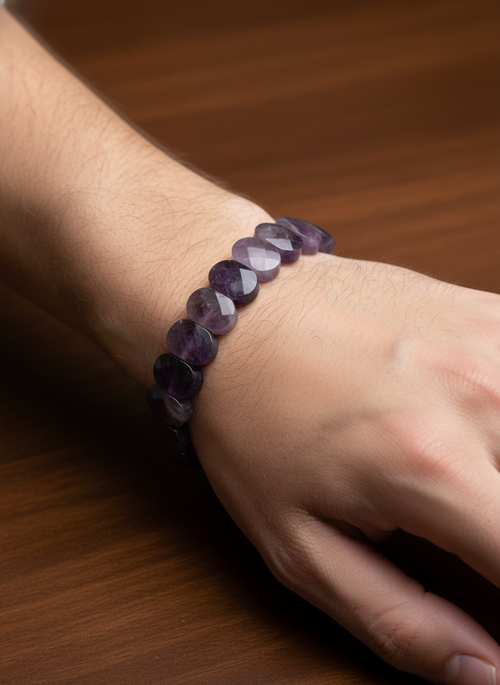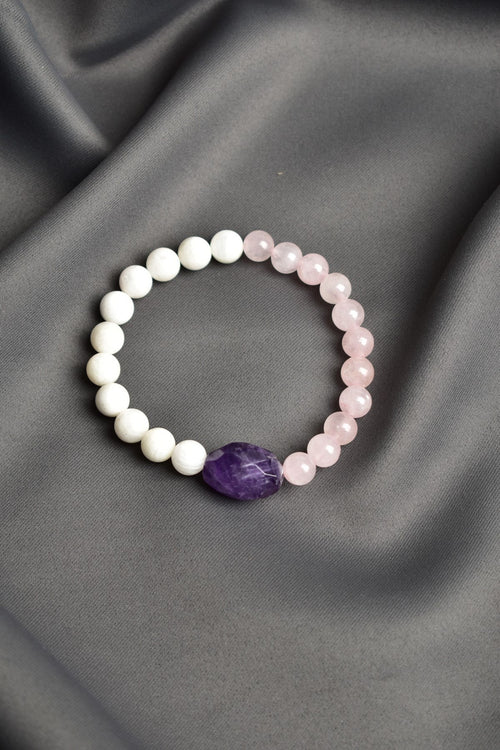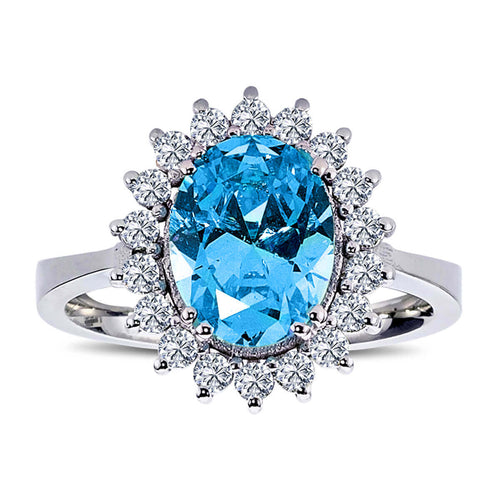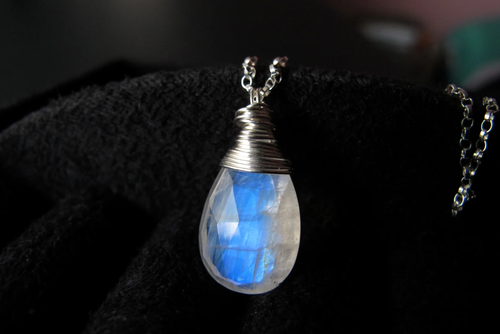ALL PRODUCTS IGSL INTERNATIONAL CERTIFIED
Axinite is a rare natural stone known for its sharp-edged crystals and unique color tones. It takes its name from the Greek word "axine", which means "axe", referring to the sharp, axe-like edges of the stone's crystal structure. Axinite is commonly found in shades of brown, purple, yellow and blue and is considered a precious stone in the jewelry world for its rarity and uniqueness. This article will provide detailed information about the properties of Axinite, the regions where it is mined, its geological formation and areas of use.
1. Definition and Properties of Axinite Stone
Axinite is a silicate mineral that usually contains iron, magnesium, aluminum, and calcium. It ranks between 6.5 and 7 on the Mohs hardness scale, making it a durable enough stone for jewelry. Axinite is known for its pleochroism (changing color when viewed from different angles).
- Color Variations: Axinite can be found in brown, purple, yellow, blue and sometimes greenish tones. The variety of colors depends on the elements found in the stone. The most valuable Axinite stones are those with deep purple or brown tones.
- Crystal System: Axinite has a triclinic crystal system. It is generally recognized by its irregular, layered and axe-like crystal shapes.
- Luster and Transparency: Axinite has a vitreous luster and is usually found as translucent to transparent crystals. High-quality Axinite stones are clear and brightly colored, making them the stones of choice for jewelry making.
- Pleochroism: Axinite exhibits the property of pleochroism, meaning it shows different shades of color when viewed from different angles. This property increases the aesthetic value of the stone and makes it unique.
2. Geological Formation of Axinite Stone and Regions Where It Is Extracted
Axinite is commonly found in metamorphic rocks and in hydrothermal vein deposits. The stone often occurs in association with other minerals such as garnet, epidote, and quartz. The main countries where axinite is mined are:
- France: Axinite was first discovered in France and this country is one of the most important regions for high quality Axinite. The Chamonix region in the Alps in particular is an important source of Axinite.
- Mexico: Mexico is another important country where Axinite is mined. The stones mined here are usually in shades of brown and purple and are frequently used in jewelry making.
- Russia: Russia has rich deposits of Axinite, especially in the Siberian region. The stones mined here are known for their deep purple and brown hues and are of great interest to collectors.
- USA: The United States, especially in the states of California and New Jersey, has Axinite deposits. The stones mined in these regions are preferred in jewelry making and collecting.
- Pakistan: Pakistan is another country where Axinite is rarely mined. The stones found here are often in shades of blue and purple and are sought after by collectors.
3. Areas of Use of Axinite Stone
Axinite is used in various areas due to its rarity and unique color. Here are the common uses of Axinite stone:
- Jewelry: Axinite is an extremely rare and valuable stone used in jewelry making. It is often elegantly set in rings, necklaces, bracelets and earrings. The brown, purple and yellow tones of the stone give the jewelry a sophisticated and attractive appearance.
- Collection: Rare and high quality Axinite stones attract great interest from collectors. Axinite holds an important place in gemstone collections and is often exhibited in museums.
- Investment: Axinite stone is also preferred for investment purposes due to its rarity and high quality. Especially large and clear stones are considered valuable investment tools.
- Decoration: Axinite can also be used in decorative arts and interior design. Large crystals or carved stones are preferred as decorative objects with high aesthetic value.
4. Care and Cleaning of Axinite Stone
Although Axinite stone has a durable structure, it is a stone that needs to be cared for carefully. Here are some tips on caring for Axinite stone:
- Cleaning: To clean Axinite stone, use warm water and a mild soap. When cleaning the stone, use a soft cloth or brush to clean it gently. Avoid chemical cleaners as they can damage the surface of the stone.
- Storage: Store Axinite separately from other stones to protect it from scratches. Wrapping the stone in a soft cloth can help protect the surface of the stone.
- Protection: When used as jewelry, Axinite should be protected from impacts and excessive pressure. Avoid hitting hard surfaces.
Conclusion
Axinite stone has an important place in the world of jewelry and collections with its rarity, unique color tones and durability. Axinite stones, mined in countries such as France, Mexico, Russia, the USA and Pakistan, attract great attention especially in aesthetic and elegant jewelry. Axinite stone attracts attention with its unique structure and color, but it is a valuable stone that requires careful care.



























